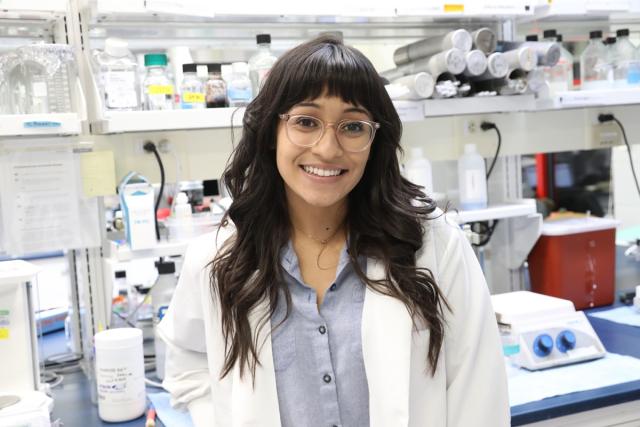The Ohio LSAMP Alliance was established in September 2013. Presently, the alliance includes 6 four-year institutions (Central State University, the University of Cincinnati, Cleveland State University, Miami University, The Ohio State University, and Wright State University) and 4 community colleges (Cincinnati State Technical and Community College, Columbus State Community College, Cuyahoga Community College, and Sinclair Community College). In addition, the Alliance works collaboratively with community partners, an Industry Advisory Board, and other NSF-supported programs. The Ohio LSAMP Alliance is housed in the Office of Diversity and Inclusion at The Ohio State University.
There is an identified need in Ohio for programs to improve retention of underrepresented college students, primarily from the first to the second year of college. The Ohio LSAMP Alliance works collaboratively with industry and community partners to institutionalize effective recruitment and retention programs. In addition, each institution will provide programming that includes advisement and counseling, residential summer bridge and early arrival programs, undergraduate research internships with stipends, faculty and peer mentoring, and tutoring or supplemental instruction.

Mission
The purpose of this alliance is to significantly increase underrepresented minority student recruitment, retention, persistence, and attainment of science, technology, engineering, and mathematics (STEM) degrees. The goal of the program is to double the number of underrepresented minority baccalaureate degrees in STEM disciplines at partner institutions.

Objectives
Foster a partnership among alliance institutions, working with industry and community partners, which results in programming that is collaborative, effective, and sustainable
Heighten the awareness of opportunities in STEM disciplines and increase the recruitment of underrepresented minority students to STEM majors at partner institutions
Provide early and sustained programs to facilitate the critical transition from high school to college at each partner institution
Increase the retention of first- and second-year underrepresented minority students in STEM disciplines
Improve the disciplinary socialization of underrepresented minority students in STEM disciplines, particularly by providing undergraduate research opportunities through the baccalaureate
Provide pathways for smooth transitions from community colleges to four-year institutions


